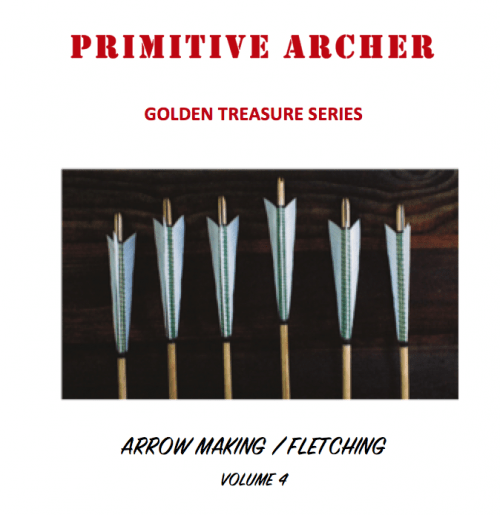These four volumes are packed with articles describing the attributes and challenges of different woods used in making self- bows as well as instructions for the collection and then preparation of those woods for processing. Many of the articles take the reader step by step all the way from collection through to the finished bow of that chosen wood. Others focus on special challenges such as “Cutting Your Own Bow Wood”, “Drying Wood” or “Follow the Grain”.
Bow Woods Vol. 1 Bamboo-Elm
$14.99
Description
These four volumes are packed with articles describing the attributes and challenges of different woods used in making self- bows as well as instructions for the collection and then preparation of those woods for processing. Many of the articles take the reader step by step all the way from collection through to the finished bow of that chosen wood. Others focus on special challenges such as “Cutting Your Own Bow Wood”, “Drying Wood” or “Follow the Grain”.
“The discussion about what makes the best bow wood is one that will never be fully resolved. One reason is that each species has a combination of characteristics that makes it more or less desirable to the individual bowyer. Also, considerations apart from the physical properties of the wood can be important. Cost and availability, for example, are certainly factors that might make a particular wood a good choice for a bow.”” by James Hoffman
“Here is a how-to article on cutting and preparing your own bow wood for drying the old-fashioned way. The wood we will be working with here is the famous Osage Orange or Hedge or even Bois d’ Arc, depending on what part of the country you are from. I’m from the South and we call it Bois d’ Arc, and there is no finer bow wood in my opinion for a self-bow. We will describe when to cut: how to split, seal the ends and treat for bugs; then how to store for proper seasoning.” By Mike Yancey




